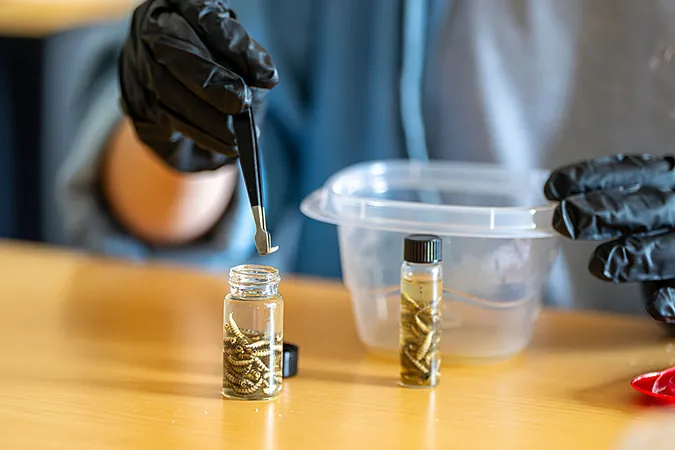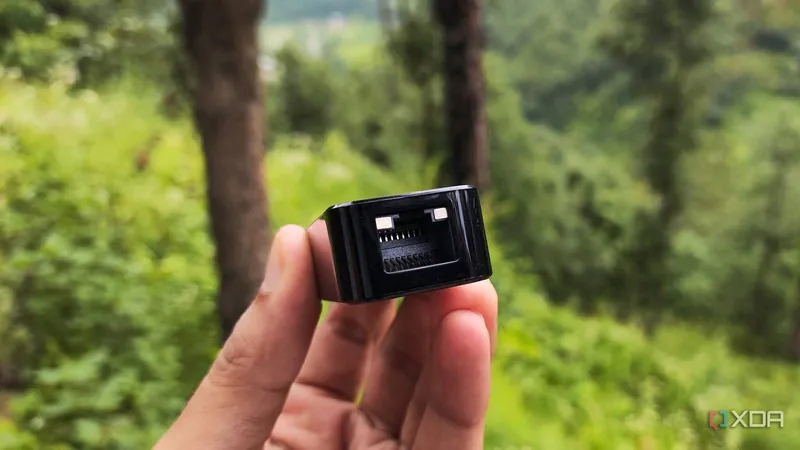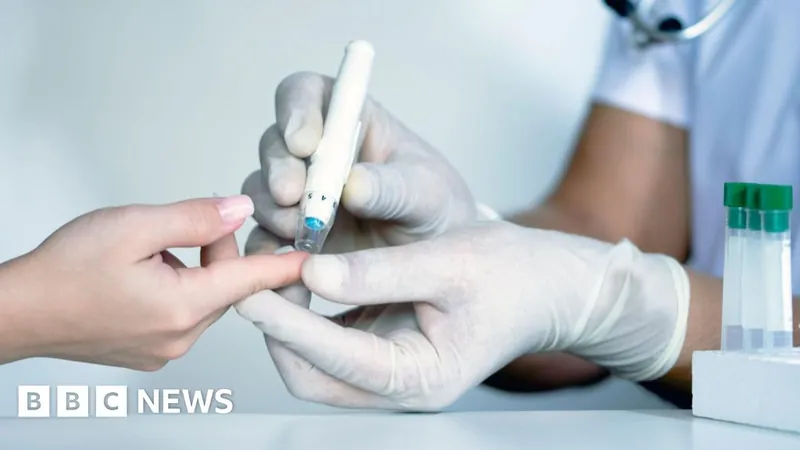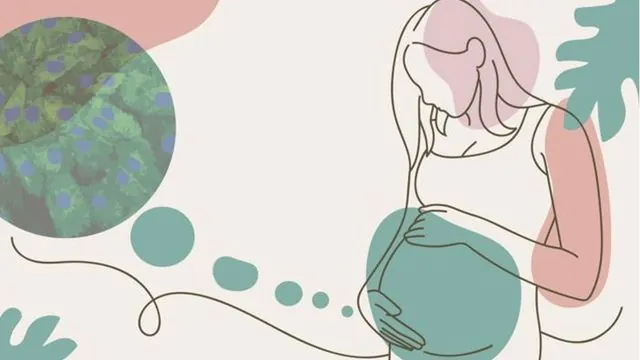
Revolutionary Light Technique Unveils Secrets of Forensics and Pest Control!
2025-09-04
Author: Michael
Unlocking Forensic Timelines with Light Analysis
In a groundbreaking advancement, researchers at Texas A&M University have harnessed the power of infrared light and machine learning to unveil the sex of blow fly larvae found on human remains. This innovative technique could dramatically enhance the ability of investigators to accurately estimate the time of death.
A Dynamic Team Leading the Charge
The research, spearheaded by doctoral student Aidan Holman under the mentorship of Dr. Dmitry Kurouski, reveals a significant leap forward in forensic entomology. Collaborations with prominent experts such as Dr. Aaron Tarone, assistant Davis Pickett, and postbaccalaureate researcher Hunter West have paved the way for this cutting-edge study, recently published in the Journal of Forensic Sciences.
Blow Fly Biology: A Key Piece in the Forensic Puzzle
In the field of forensic entomology, understanding insect colonization patterns is essential for determining the time of death. As the first insects to arrive at a body, blow flies hold critical information. However, distinguishing male from female larvae is notoriously difficult, as they develop at different rates—up to nine hours apart. Traditional methods require molecular analysis that destroys the specimens.
Spectroscopy: The Game-Changer in Larvae Analysis
The research team's novel approach employs spectroscopy, which analyzes light scattering patterns to create unique molecular 'fingerprints' that reveal the sex of the larvae without causing harm. By separating fly colonies by sex and scanning live larvae with a handheld infrared device, the researchers achieved astonishing results.
Achieving Accuracy with Machine Learning
Utilizing three different machine learning models, the researchers were able to classify the larvae with over 90% accuracy—one model even exceeding 95%! This quick and non-destructive technique presents a promising tool for real-world forensic cases, allowing initial assessments in the field before confirming findings in a lab.
Broader Implications: From Crime Scenes to Agriculture
Beyond forensic applications, this method holds promise for pest control strategies, including agricultural biocontrol techniques. With the New World screwworm, a close relative of the studied blow fly, garnering attention for its pest potential, accurately sorting male from female larvae could play a critical role in biological control methods.
Interdisciplinary Innovation in Action
Dr. Kurouski emphasizes the significance of this research as a prime example of how analytical chemistry can address real-world challenges. "We’re taking advanced chemistry and applying it to public service," he says, showcasing the far-reaching benefits of interdisciplinary collaboration in solving practical issues.









 Brasil (PT)
Brasil (PT)
 Canada (EN)
Canada (EN)
 Chile (ES)
Chile (ES)
 Česko (CS)
Česko (CS)
 대한민국 (KO)
대한민국 (KO)
 España (ES)
España (ES)
 France (FR)
France (FR)
 Hong Kong (EN)
Hong Kong (EN)
 Italia (IT)
Italia (IT)
 日本 (JA)
日本 (JA)
 Magyarország (HU)
Magyarország (HU)
 Norge (NO)
Norge (NO)
 Polska (PL)
Polska (PL)
 Schweiz (DE)
Schweiz (DE)
 Singapore (EN)
Singapore (EN)
 Sverige (SV)
Sverige (SV)
 Suomi (FI)
Suomi (FI)
 Türkiye (TR)
Türkiye (TR)
 الإمارات العربية المتحدة (AR)
الإمارات العربية المتحدة (AR)